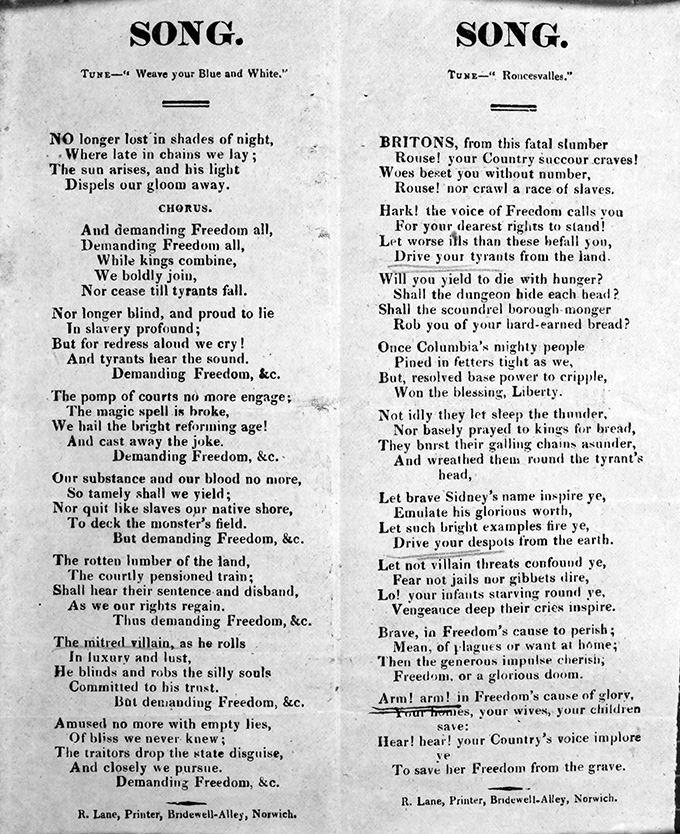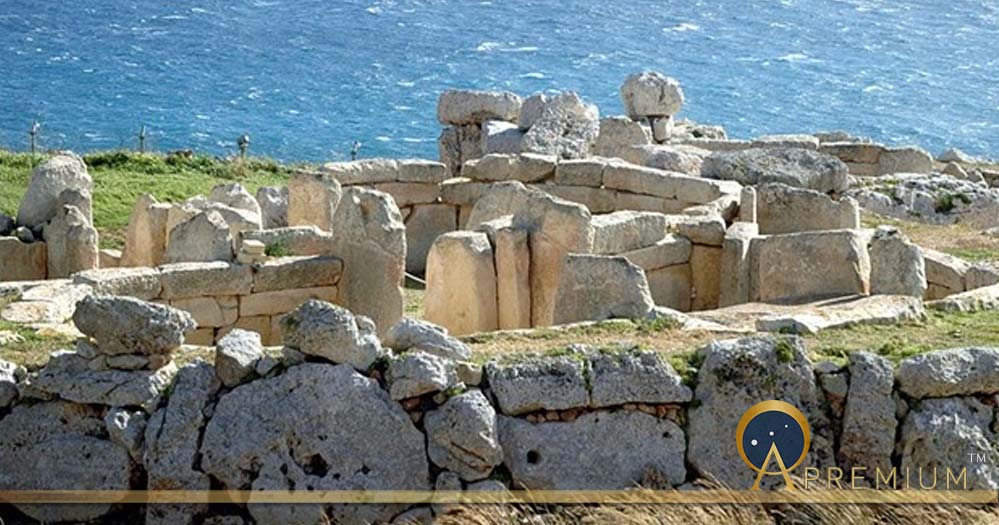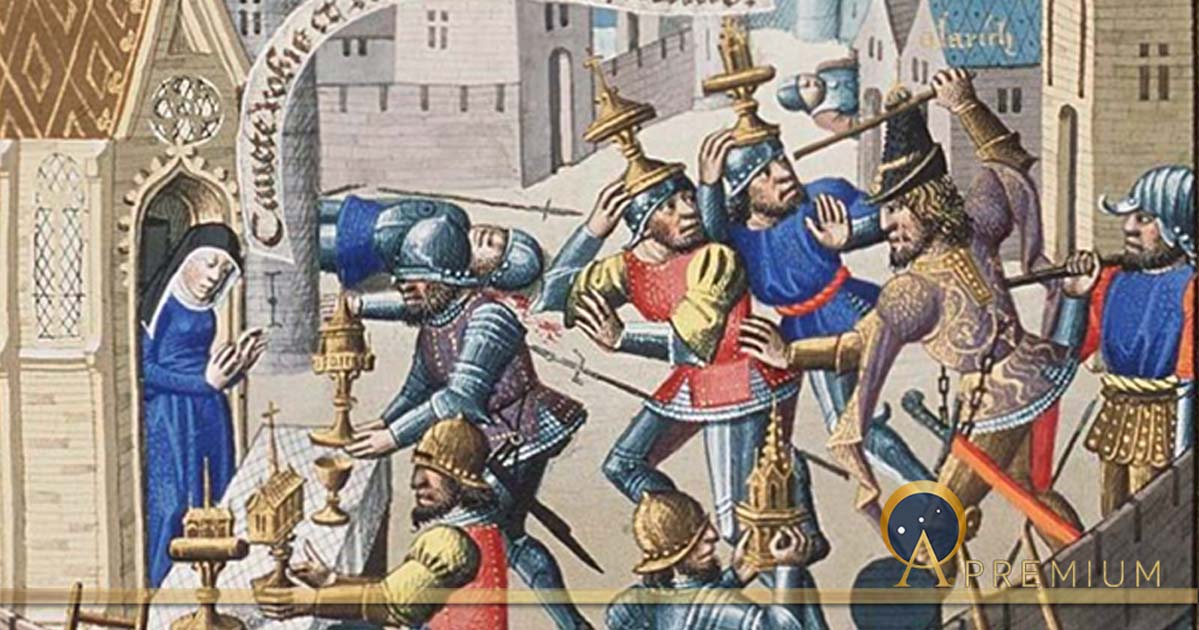posted by Azra Raza in 3 Quarks Daily: William Vollmann in Smithsonian:

Herman Melville, at 27 years old, c. 1846, around the time he published Typee and Omoo, the South Seas novels that made him famous. (Culture Club / Getty Images)
This is the tale of a man who fled from desperate confinement, whirled into Polynesian dreamlands on a plank, sailed back to “civilisation”, and then, his genius predictably unremunerated, had to tour the universe in a little room. His biographer calls him “an unfortunate fellow who had come to maturity penniless and poorly educated”. Unfortunate was likewise how he ended.
Who could have predicted the greatness that lay before Herman Melville? In 1841, the earnest young man sneaked out on his unpaid landlady and signed on with the New Bedford whaler Acushnet, bound for the South Seas. He was 21, eager and shockingly open-minded, yearning not just to see but to live. In Typee (1846) and Omoo (1847) and the other seafaring novels inspired by his exploits over the next three years, written in the half-decade before he commenced Moby-Dick, his word-voyage aboard the Pequod, Melville wrote with bighearted curiosity about fearsome “savages” and cultural otherness. To honour this prophet of empathy, this spring I set out for French Polynesia, to see some of the watery part of the world, and to view what I could of the place and its inhabitants, which formed in our novelist his moral conscience and gave unending sail to his language and his metaphors.
Back in America, he had to learn to savour these gifts, for after tasting briefly of success he would not have much else to sustain him.
Continue reading
==============================
via The National Archives Blog by Dr Brenda Mortimer

Broadside sheet printed by R Lane with two seditious songs from Norwich. These were sent by Thomas Coldwell of Norwich Post Office to the General Post Office Secretary as examples of seditious publications that ‘inflame the minds of the lower class of people’, 10 July 1820. (Catalogue reference HO 33/2/52 f167)
The events at St Peter’s Fields in Manchester in August 1819, known as the ‘Peterloo’ Massacre, are well documented. The National Archives holds a wealth of archival material describing what happened on the day and its aftermath. The National Archives and Royal Holloway, University of London, have collaborated recently on a Heritage Lottery Fund project, Archives Alive: Peterloo, to bring some of these documents to life by recording actors performing them. The videos will launch on Friday 16 August [2019], 200 years to the day after the Massacre, on the Royal Holloway Citizens Project’s YouTube channel.
Continue reading and discover, as indicated by the song sheet from Norwich, that the Peterloo Massacre was not the only time the militia were called to quell industrial discontent.
==============================
via Interesting Literature
Since we began this blog back in 2012, we’ve gathered up some very wise, witty, and, above all, true one-liners about books, from writers, critics, and other notable people down the ages. Below is our pick of these pithy quotations: the funniest and truest quotations about books we’ve found. All of them are sourced, with a bit of context for each, since many of these quotations appear elsewhere online but without any information about their origins, or even whether they’re genuine. And as Abraham Lincoln never said, ‘The problem with internet quotes is that you can’t always depend on their accuracy.’
Continue reading
==============================
via Ancient Origins by Elyn Aviva

Templi megalitici di Mnajdra ( Alecastorina93/ CC BY-SA 3.0 )
The crowd waited expectantly at Malta’s ancient Mnajdra Temple for the spring equinox sun to peek out from behind a nearby hill. Suddenly the sun broke through the low-lying morning mist. Warmed by its light, the honey-colored limestone walls of the partly ruined megalithic temple began to glow. Like liquid gold, a beam of sunlight flowed over the stone-paved corridor until it reached the main altar at the western end. Soon the altar was lit with the blessing of the sun. The Mnajdra spring equinox sunrise had been successfully witnessed in 2019, just as it has been for nearly 6,000 years.
Continue reading
==============================
via Boing Boing by Rob Beschizza
Just for your information, there are some very teeny and some quite enormous trees.
==============================
via The Royal Society Repository by Jon Bushell
Travelling apothecaries’ scale for weighing chemicals and pharmaceuticals, thought to have belonged to Luke Howard FRS (RS.12494).
Complaining about the weather sometimes feels like a quintessential British pastime, and the recent heatwave certainly qualifies as something to moan about. Thursday 25 July 2019 saw the highest temperature ever recorded in the UK, with the mercury hitting 38.7°C in Cambridge. London didn’t escape either, reaching an uncomfortable 37.6°C at Heathrow. As I was travelling home on a sweltering hot train that evening, I found myself pondering what one of the Society’s particularly keen weather-watching Fellows would have made of it.
Luke Howard FRS was born in London in 1772, and educated at a strict Quaker grammar school in Oxfordshire. Upon leaving school, he became an apprentice pharmacist in Stockport, and his aptitude for chemistry helped him to forge a lifelong career in the field. In 1798 he returned to London and formed a pharmaceutical company with another Society Fellow to-be, William Allen. When that partnership ended in 1807, Howard established his own business, which proved to be highly successful; his son John Eliot Howard, also a Fellow, carried on the ‘Howards and Sons’ name after his father’s death in 1864.
Continue reading
==============================
posted by S Abbas Raza in 3 Quarks Daily: Emily Ogden in Aeon:

Hypnotism (c1845), daguerreotype by John Adams Whipple. Courtesy the Met Museum, New York
‘Bunk’ means baloney, hooey, bullshit. Bunk isn’t just a lie, it’s a manipulative lie, the sort of thing a con man might try to get you to believe in order to gain control of your mind and your bank account. Bunk, then, is the tool of social parasites, and the word ‘debunk’ carries with it the expectation of clearing out something that is foreign to the healthy organism. Just as you can deworm a puppy, you can debunk a religious practice, a pyramid scheme, a quack cure. Get rid of the nonsense, and the polity – just like the puppy – will fare better. Con men will be deprived of their innocent marks, and the world will take one more step in the direction of modernity.
Continue reading
==============================
via Interesting Literature
In this week’s Dispatches from The Secret Library, Dr Oliver Tearle reviews a classic fantasy novel that responds to the epic poem Beowulf
History, they say, is written by the victors. Although this isn’t universally true – there are many testaments and narratives by those who were on the losing side, or who were victim to tyrannies or empires which overran or subjugated them – it’s certainly broadly true of literature. If we think of Anglo-Saxon literature, for every ‘Battle of Maldon’ – the poem telling of the Saxons’ defeat at the hands of the Vikings in Essex in 991 – there are many examples of triumph, victory, and glory, of which Beowulf is the supreme example.
Continue reading
==============================
via Boing Boing by Mark Frauenfelder
I have 4 or 5 beautiful great horned owls in my backyard. I see them every day. This short National Geographic video explains why owls are such great hunters: huge light-sensitive eyes, fringed wings that allow them to fly silently, and asymmetrically placed ears that picked up sounds a fraction of a second apart to help them pinpoint their prey's location.
==============================
via Ancient Origins by Dr Robert Volterri

Sack of Rome by Alaric - sacred vessels are brought to a church for safety in Augustine, La Cité de Dieu (circa 1475) ( Public Domain )
Legends tell that Alaric, King of the Visigoths, who sacked Rome in the fifth century AD, was buried along with his horse and a vast amount of treasure, in the bed of the Busento River in the Cosenza province of southern Italy. But have the archaeologists and treasure hunters been searching in the wrong place?
Continue reading
No comments:
Post a Comment